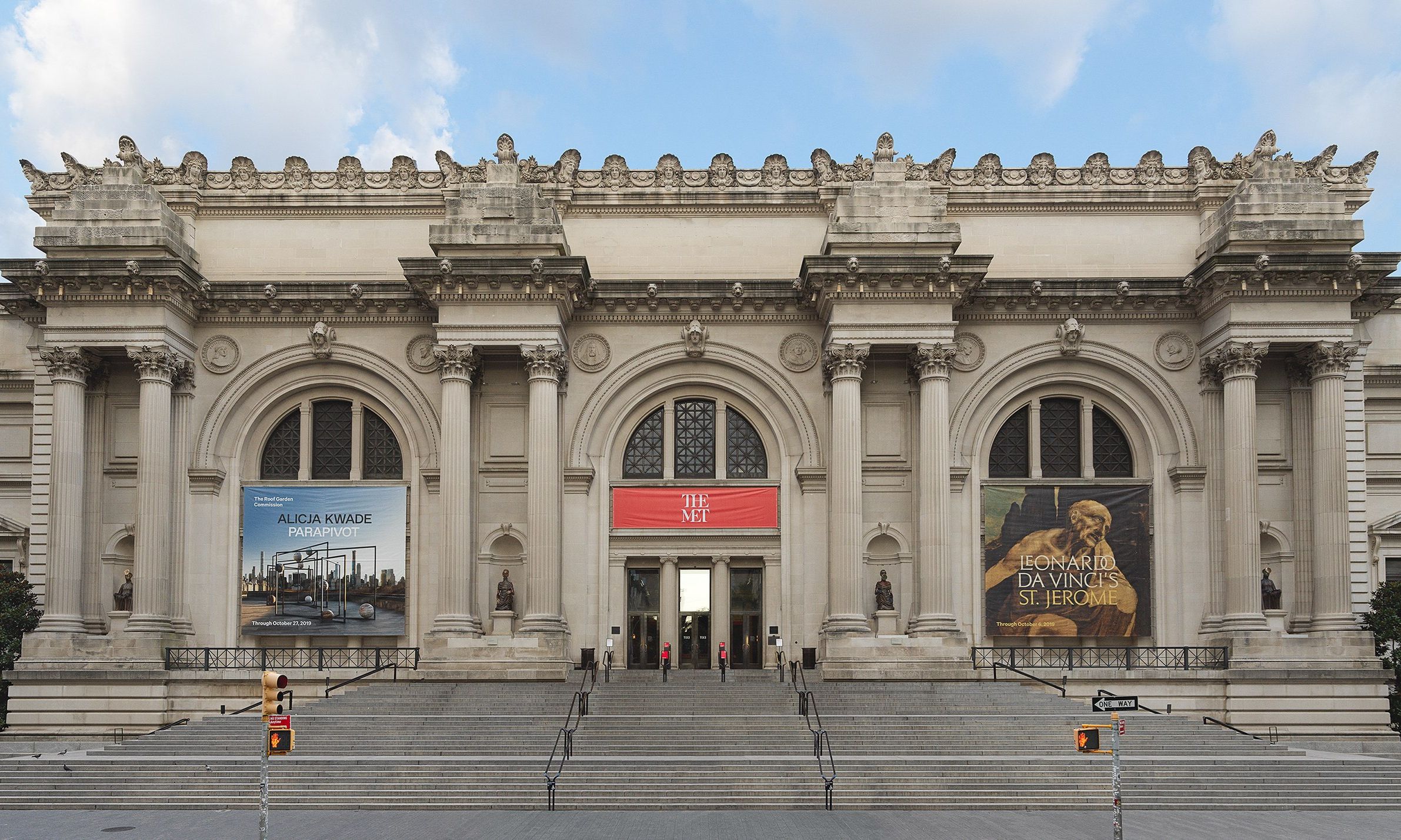The Metropolitan Museum of Art Hugo Schneider via Wikicommons
On 24 July, the Metropolitan Museum of Art in New York announced a huge bounceback—the beloved institution attracted more local visitors last year than it did prior to the Covid-19 pandemic. International numbers, on the other hand, only achieved about half of their pre-2020 figures, an inevitable byproduct of the pandemic’s effect on the tourism industry at large. The latest report from New York State’s comptroller’s office shows that visitors to the city from abroad are down almost 14% from 2020.
While the Met did not hit its 2019 precedent of 7 million people at its three locations, the 2023-24 fiscal year, ending on 30 June, witnessed 5.5 million visitors passing through its hallowed doors, a welcome uptick that signals good things for the cultural-heritage sector. Even though the Breuer building is no longer operating under the Met’s auspices, the museum’s new 81st Street children’s center has attracted over 170,000 visitors since it opened in September, and its critically lauded show The Harlem Renaissance and Transatlantic Modernism sold more than 430,000 tickets.
“We are clearly back,” Max Hollein, the museum’s director, told The New York Times. “We have a total attendance that is on the level we would like to see.”
As museums across the country fail to achieve pre-Covid numbers, mass layoffs, closures and spikes in ticket prices have become a feature of the cultural-heritage landscape. This is one of the reasons the Met has leaned so hard into cultivating new ways to reach underserved segments of its audience. The museum’s attendance figures show record numbers of people of colour, comprising nearly 56% of its domestic audience.
In November, a major exhibition titled Flight into Egypt: Black Artists and Ancient Egypt, 1876-Now will highlight the ways Egyptian iconography has inspired Black artistry. The show will feature 200 works from over 100 artists, including Barbara Chase-Riboud, Jean-Michel Basquiat and Rashid Johnson.
“It is my hope that this exhibition will attract people to the Met who were not previously aware that the institution was available to them,” the curator Akili Tommasino told The New York Times. “I would say that this exhibition will have something for everyone in terms of its breadth of materials.”
Also on the horizon for the Met is a five-year partnership with Genesis Art, the creative arm of the South Korean luxury automotive brand, which will sponsor the annual contemporary art commission for the museum’s facade. The series, now called the Genesis Facade Commission, will feature the South Korean sculptor Lee Bul as its inaugural artist.

